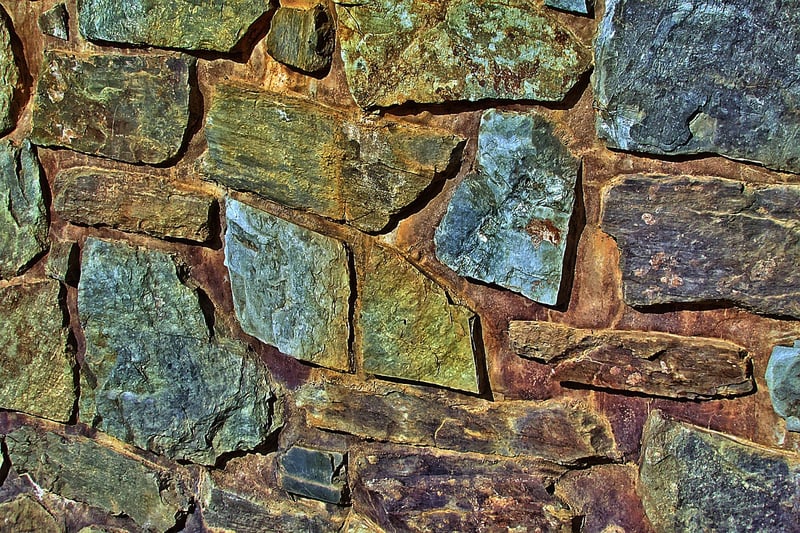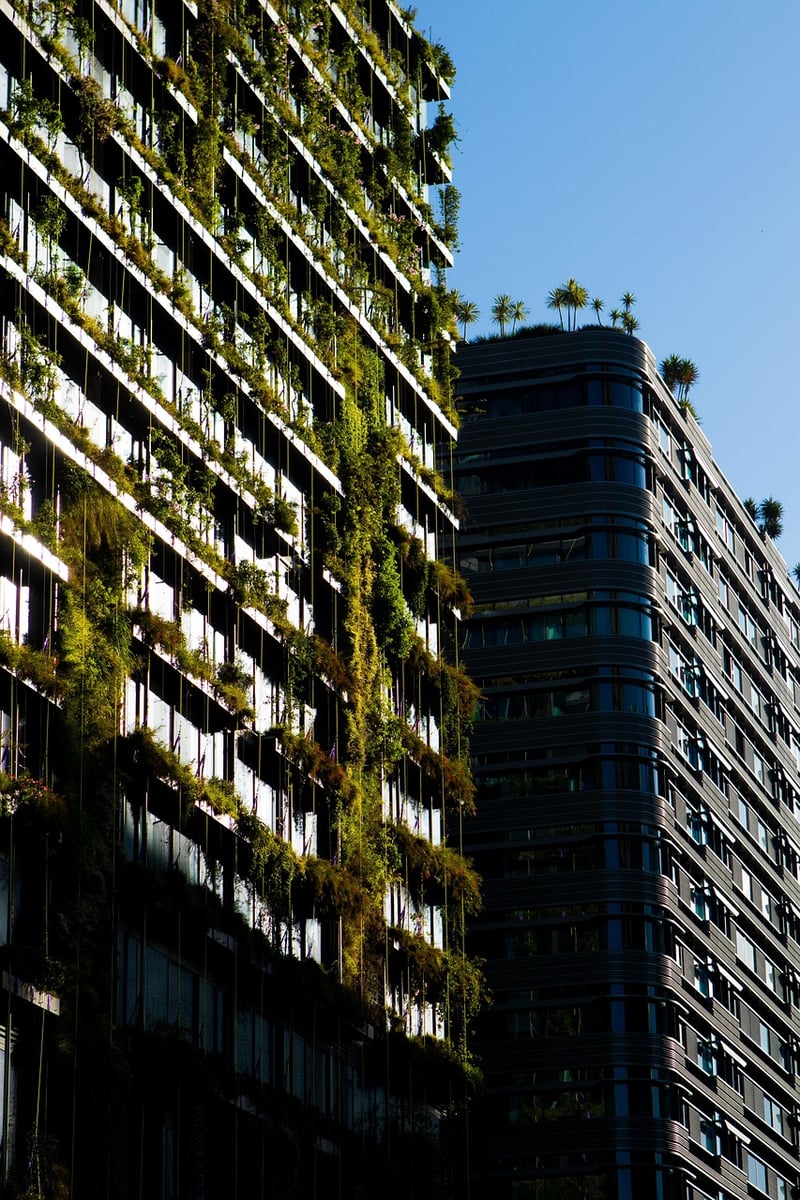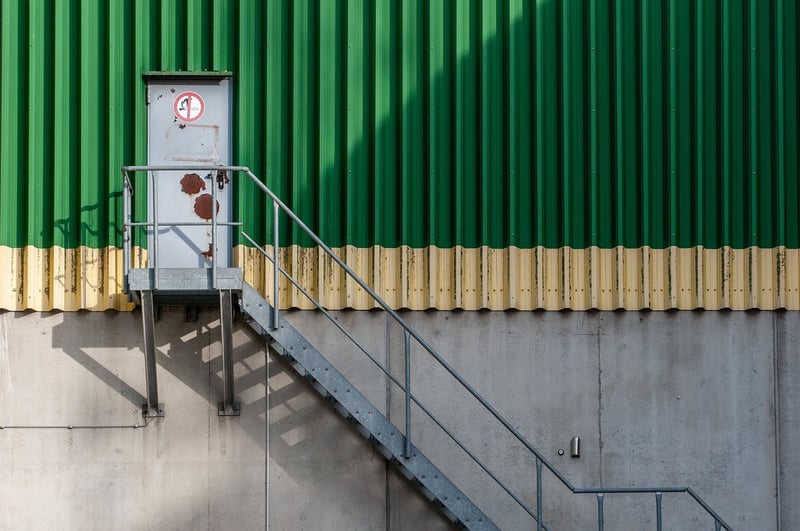Green Facades
Growing Plants Vertically and Green Facades
Introduction
Vertical gardening and green facades have become popular trends in urban settings, allowing individuals to bring nature into their living spaces while maximizing limited area. This article explores the benefits and techniques of growing plants vertically and creating green facades.
Benefits of Vertical Gardening
- Space-saving: Vertical gardens utilize unused vertical space, making them ideal for small apartments, balconies, or urban environments.
- Aesthetically pleasing: Green walls add a touch of nature and beauty to any setting, improving the overall ambiance.
- Improved air quality: Plants help purify the air by absorbing pollutants and releasing oxygen, creating a healthier environment.
- No bending or kneeling: Vertical gardens are easier to maintain as they eliminate the need for constant bending or kneeling.
Techniques for Vertical Gardening
- Vertical planters: Use specialized planters that can be mounted on walls or fences, allowing plants to grow vertically.
- Living walls: Create a living wall by planting directly into a vertical structure, such as a frame with pockets for plants.
- Hanging gardens: Suspend planters from ceilings or hooks to create a cascading effect with trailing plants.
Green Facades
Green facades involve covering the exterior of buildings with vegetation, providing insulation, reducing heat absorption, and improving air quality. These facades not only enhance the aesthetics of a building but also offer environmental benefits.
Conclusion
Whether you're looking to add a splash of green to your living space or improve the energy efficiency of your building, vertical gardening and green facades are excellent options to consider. Embrace these innovative techniques to create a greener and more sustainable environment.


References: The Spruce - Vertical Gardening, ArchDaily - Green Facades
